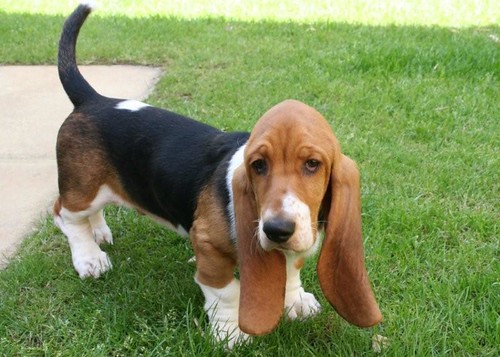15 “Family Dogs” That Aren’t as Kid-Friendly as People Think
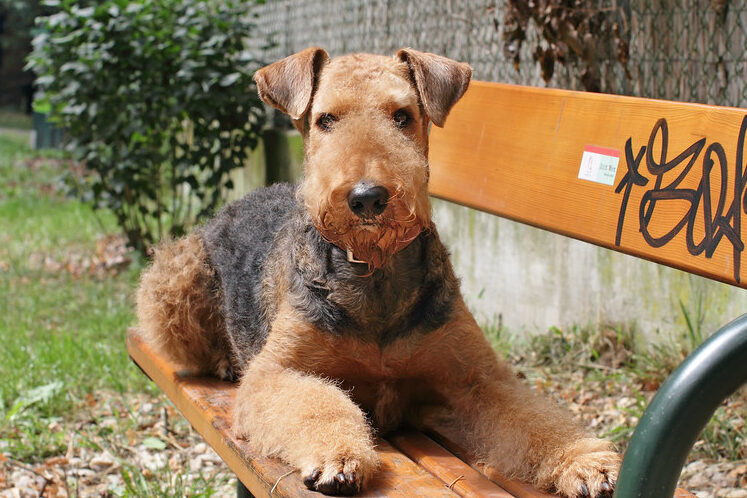
Some dog breeds have earned reputations as “perfect family pets”—safe, playful, and great with children. But the truth is, not every so-called “family dog” is automatically good with kids. Temperament, energy levels, size, and instincts all matter. Here are 15 popular “family dogs” that may not be as kid-friendly as their reputation suggests.
Dalmatian
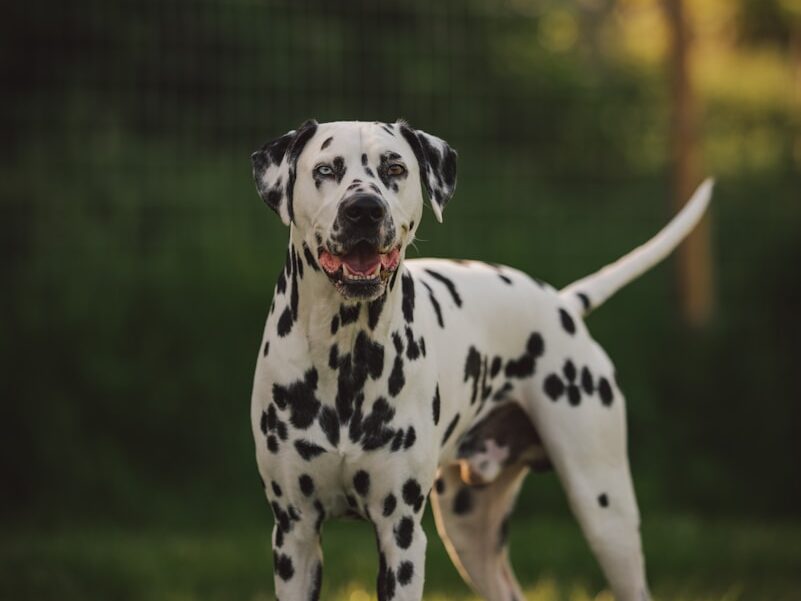
Thanks to movies, Dalmatians are often seen as fun, loyal family dogs—but they’re not the easiest companions for young kids. Dalmatians are high-strung, extremely energetic, and can become anxious or reactive without enough physical and mental stimulation. Without proper socialization, they may nip, bark excessively, or become territorial.
Siberian Husky
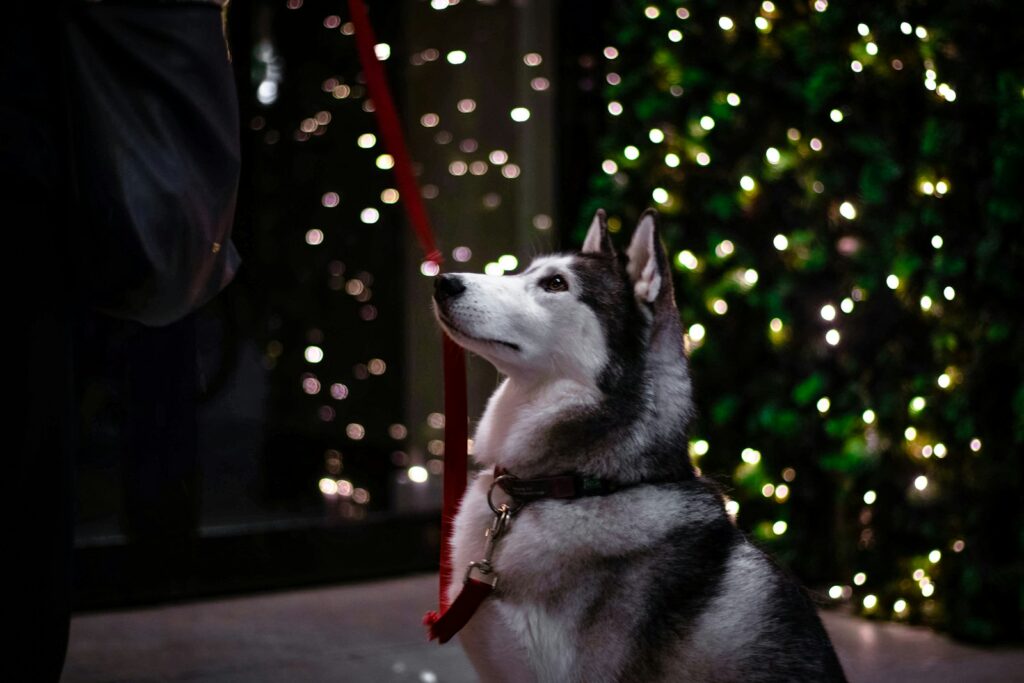
Huskies are striking and social, but they’re also notoriously independent and stubborn. While not aggressive by nature, their high energy and love for rough play can overwhelm small children. They’re also escape artists, prone to running off if not watched closely. Families often underestimate how much work they truly are.
Weimaraner
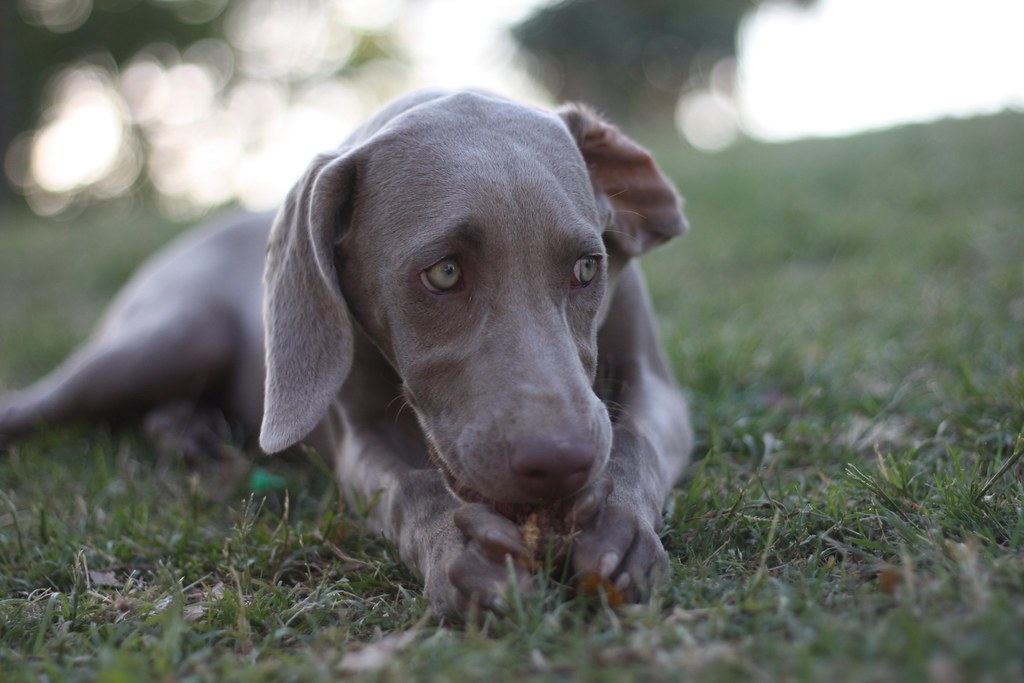
Weimaraners are beautiful, intelligent dogs with tons of energy—but they’re also intense. Without daily exercise and structure, they can develop destructive behaviors. Their strong prey drive and hyper nature may lead to chasing or knocking over small kids. They do best in families with older, active children and experienced dog owners.
Akita
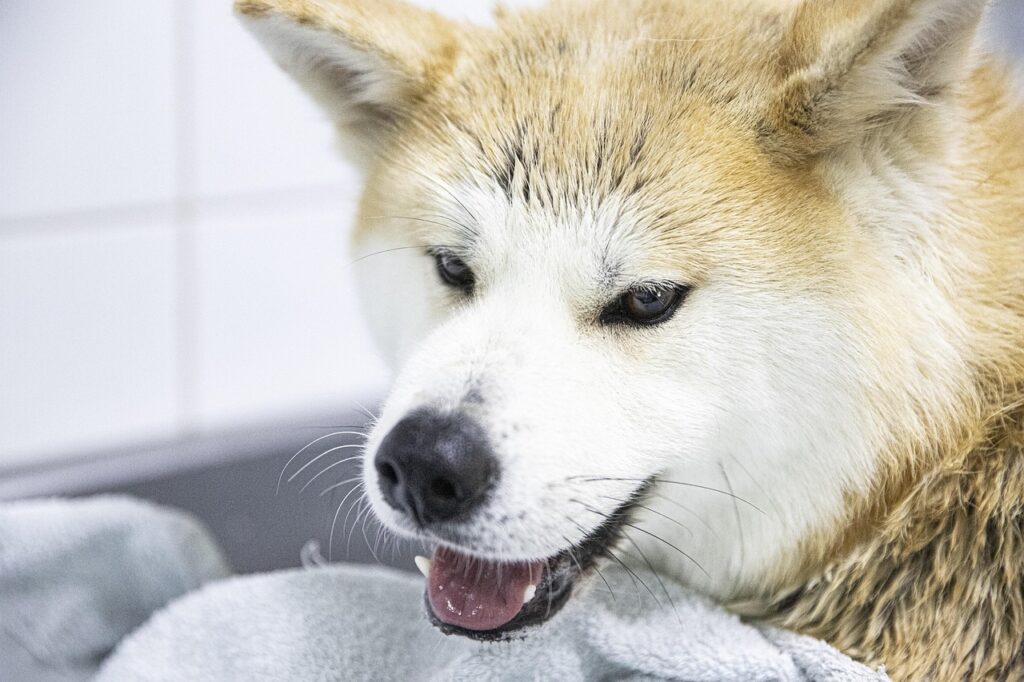
Akitas are loyal and quiet—but also powerful, strong-willed, and naturally protective. They often do not tolerate rough handling or chaotic environments, which makes them a questionable choice around unpredictable toddlers or young children. Without firm, experienced training, they can become overly dominant or possessive.
Border Collie
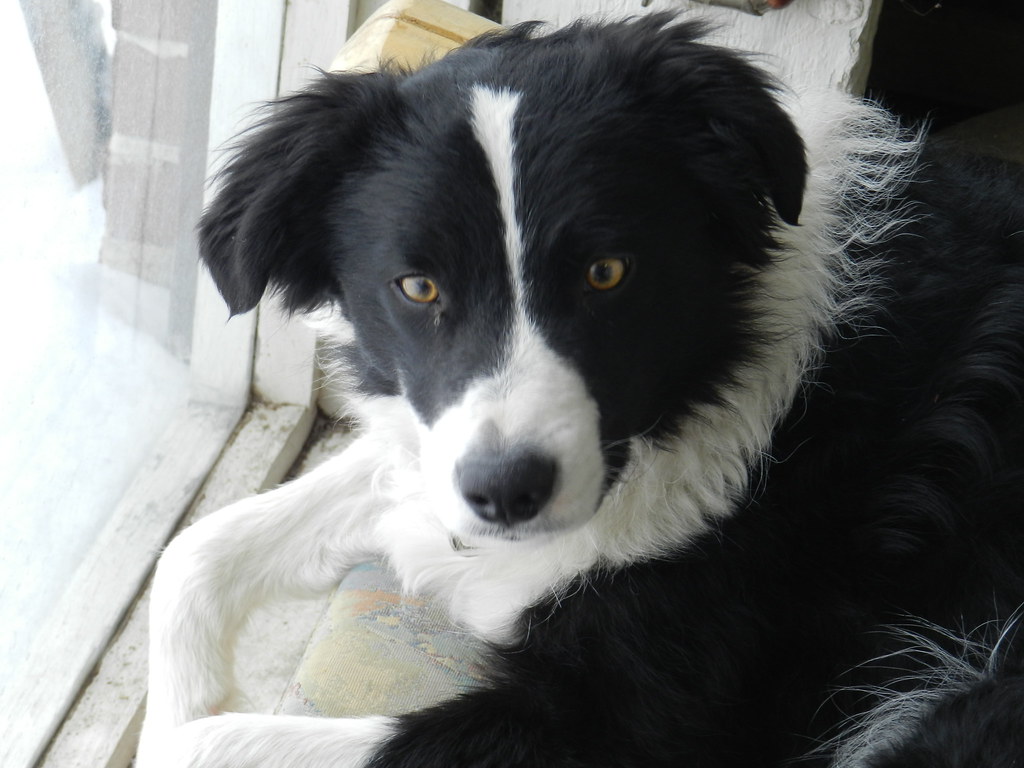
These dogs are brilliant, but that intelligence comes with a catch. Border Collies were bred to herd, and if they don’t have a “job,” they’ll create one—sometimes herding children by nipping at their heels. They require constant stimulation, training, and physical exercise, which busy families with small kids may struggle to provide.
Jack Russell Terrier
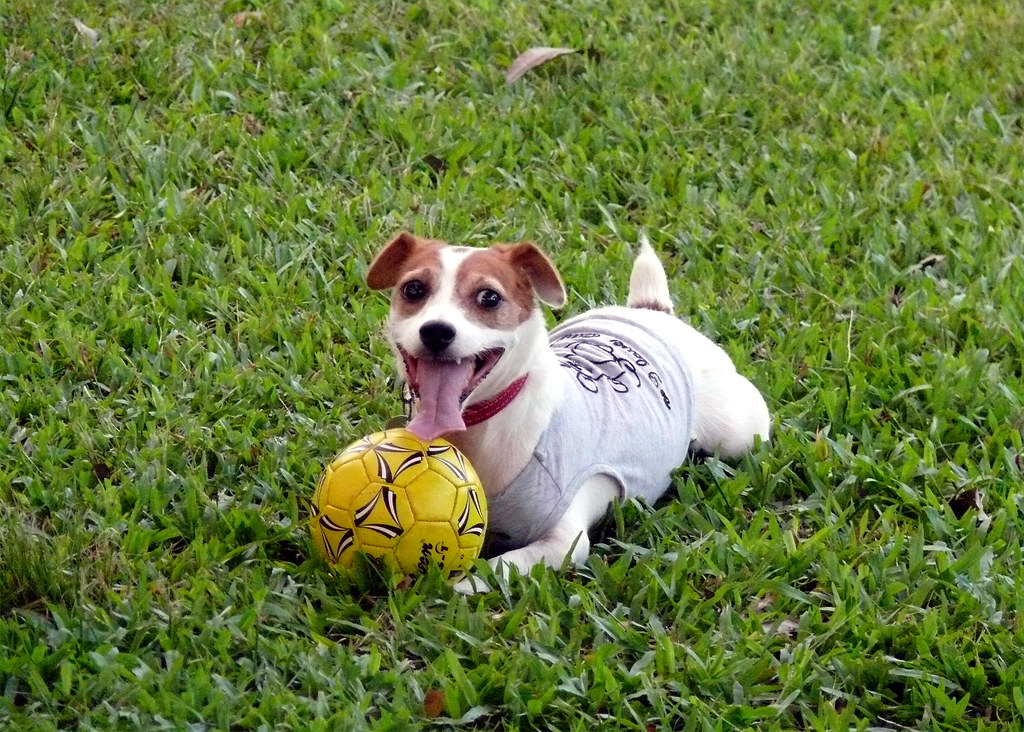
Jack Russells may look like a small, spunky family dog—but their terrier temperament makes them bold, intense, and highly energetic. They’re quick to react to teasing or mishandling, and their strong prey drive can lead to unpredictable chasing. They’re best for older kids who understand boundaries and respect space.
Shar Pei
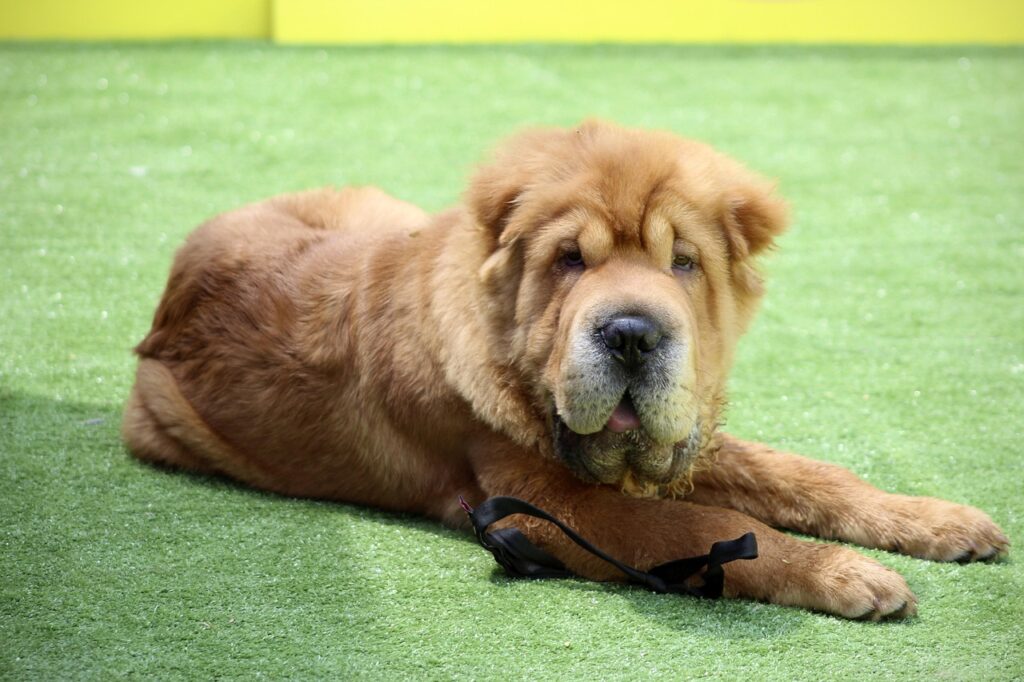
With their wrinkled faces and quiet loyalty, Shar Peis seem family-friendly—but they’re naturally aloof and often reserved around strangers, including children. They don’t usually tolerate rough play or noise well, and they can become territorial. A calm, adult-only home is often a better fit for this ancient breed.
Australian Shepherd
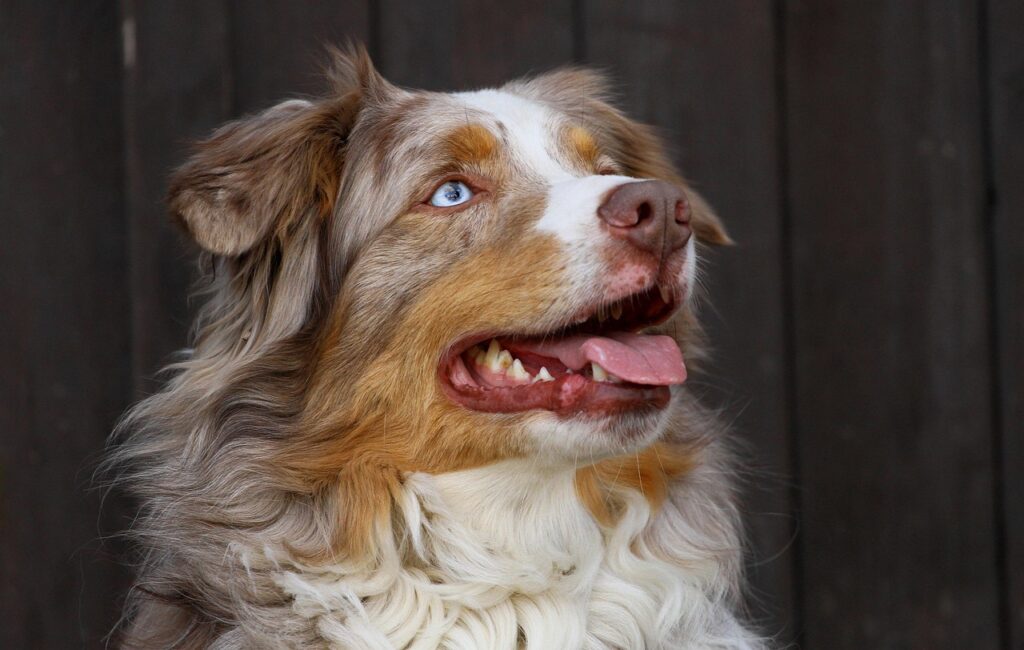
Aussies are popular in family homes due to their smarts and trainability—but they’re not ideal for every household. Like Border Collies, they have herding instincts that can lead to nipping and chasing children. Without constant engagement and physical outlets, they can become anxious or destructive.
Chow Chow
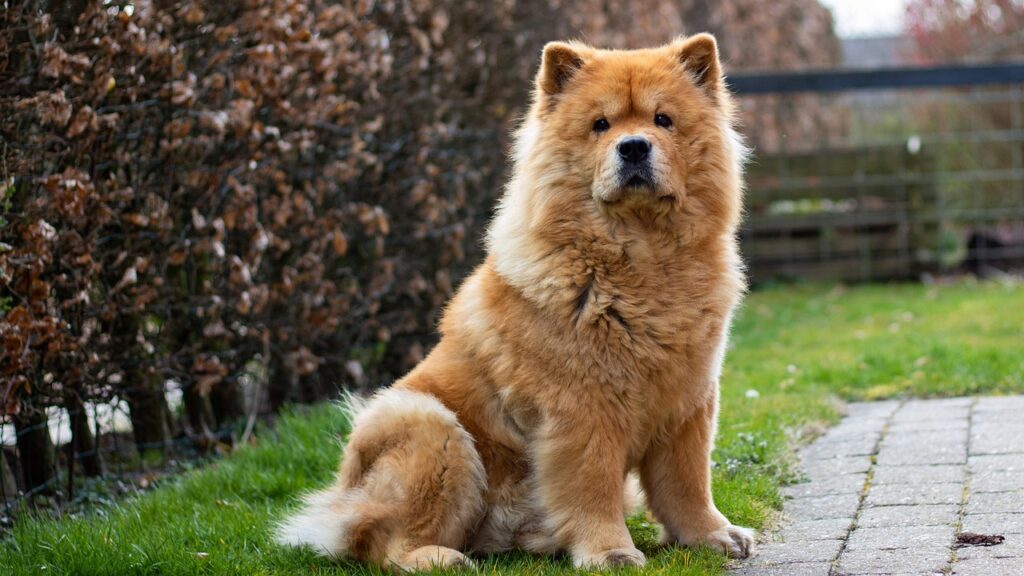
Chows are known for their loyalty—but also for their aloof and cat-like personality. They’re fiercely independent, often intolerant of strangers, and can be irritable if bothered. Kids who don’t understand boundaries may find a Chow’s cold shoulder—or worse, a growl. Socialization helps, but temperament should not be ignored.
Alaskan Malamute
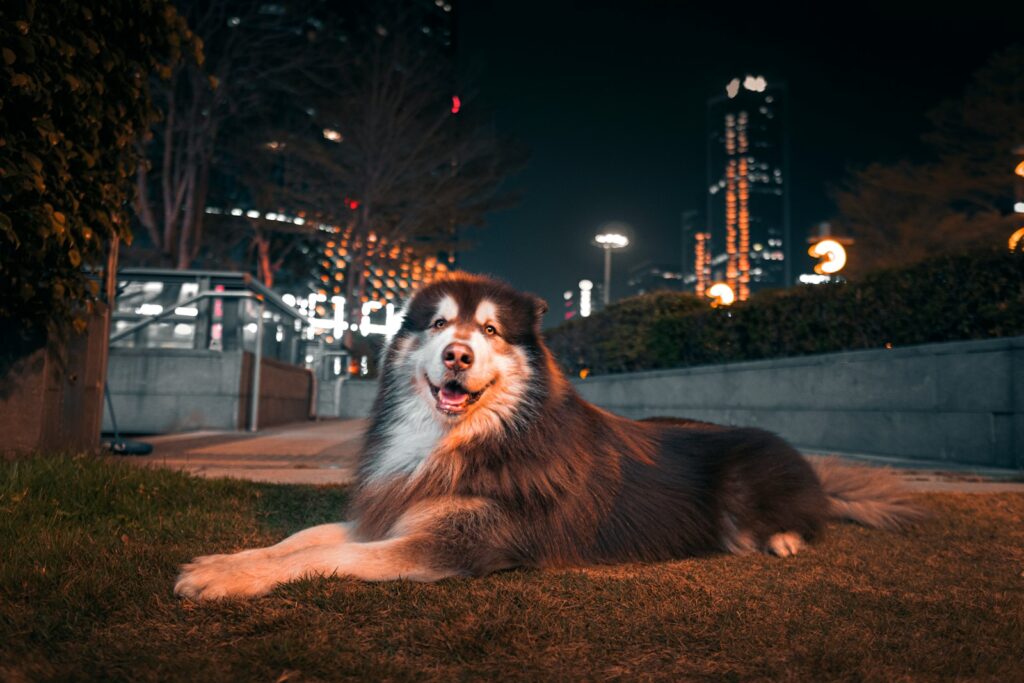
Malamutes are strong, stunning dogs with a pack mentality, but they can be difficult around small children. They’re powerful, independent, and don’t always recognize personal space. Their large size and stubborn streak can make them tough for families to manage, especially those without prior experience with working breeds.
Irish Setter
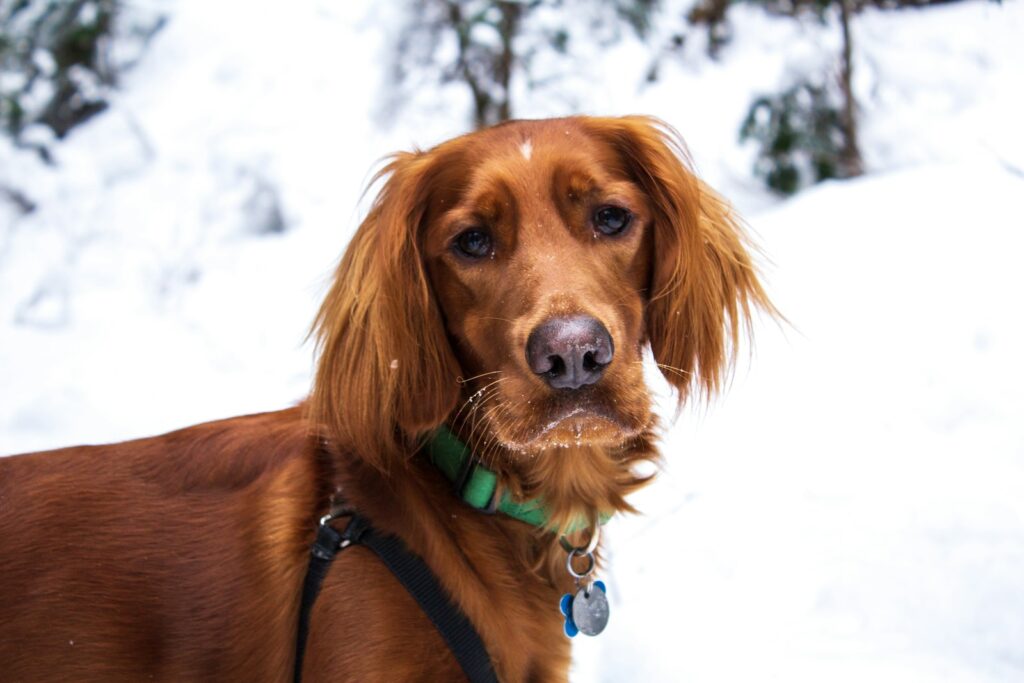
Irish Setters are friendly and beautiful, but they are also incredibly energetic and often hard to calm down. Their boisterousness can overwhelm young kids, and their high sensitivity makes them react poorly to chaos or sudden changes. They thrive in homes with structure, patience, and older, more respectful children.
Airedale Terrier
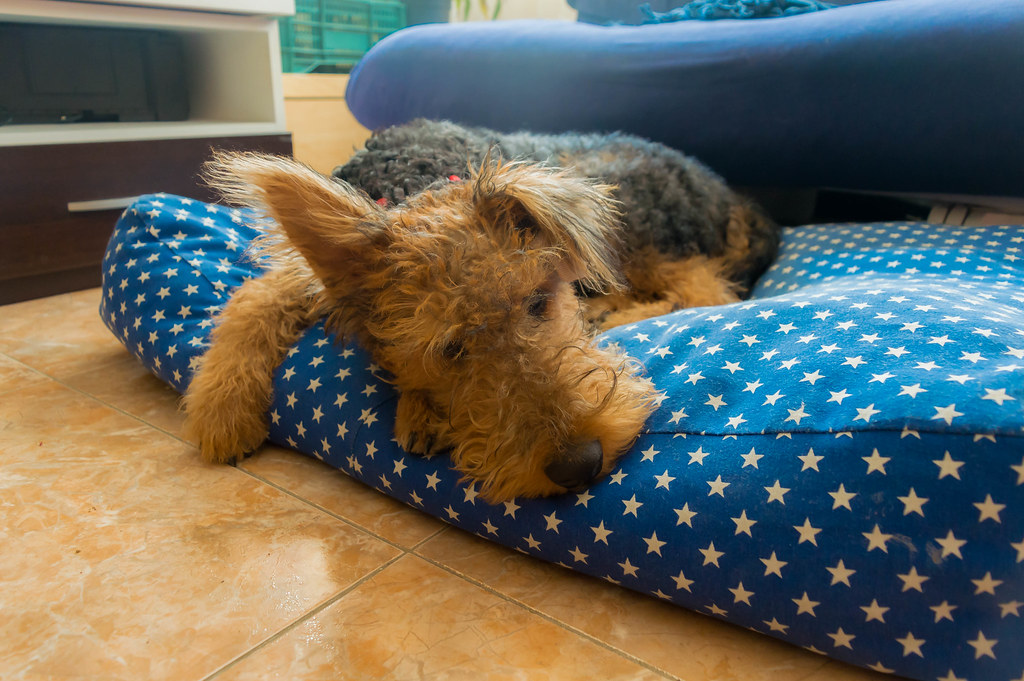
As the largest of the terriers, Airedales are tough, clever, and confident. But they’re also opinionated and high-energy. While not aggressive, they have a stubborn streak and don’t always deal well with teasing or unpredictable behavior from kids. They require consistency, firm boundaries, and early socialization to do well in families.
Great Dane
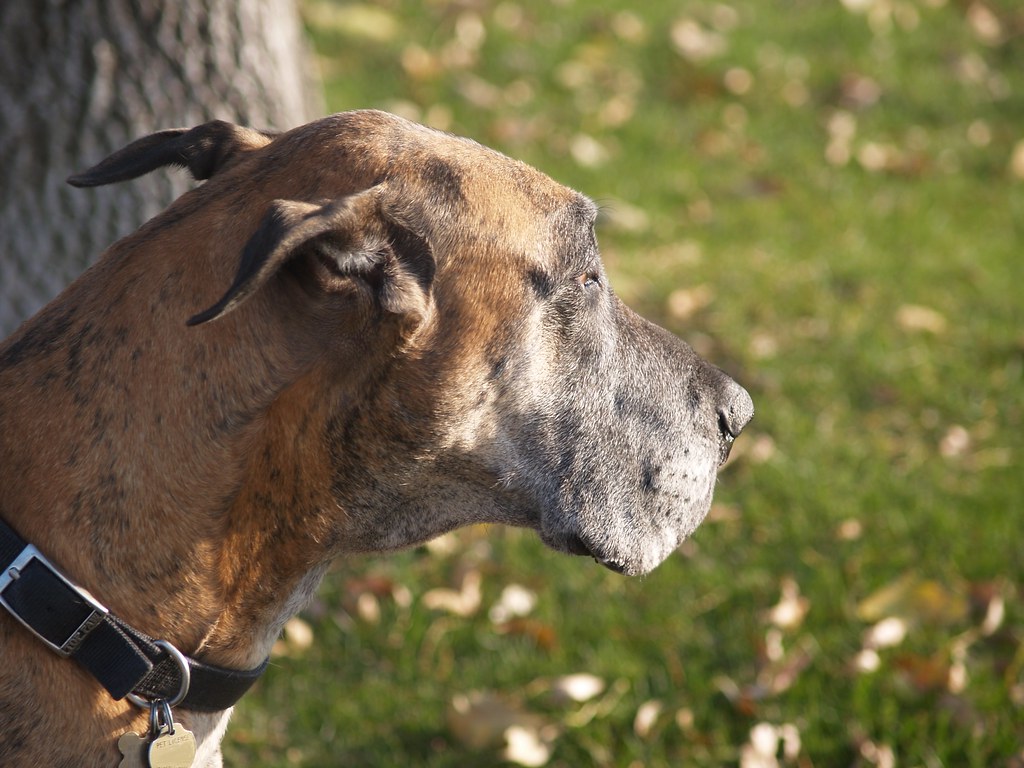
Despite being known as gentle giants, Great Danes are giants nonetheless. Their size alone can be dangerous around small children—not because they mean harm, but because they can easily knock kids over. They also need a calm environment and consistent training, which not every busy household can offer.
Dogo Argentino
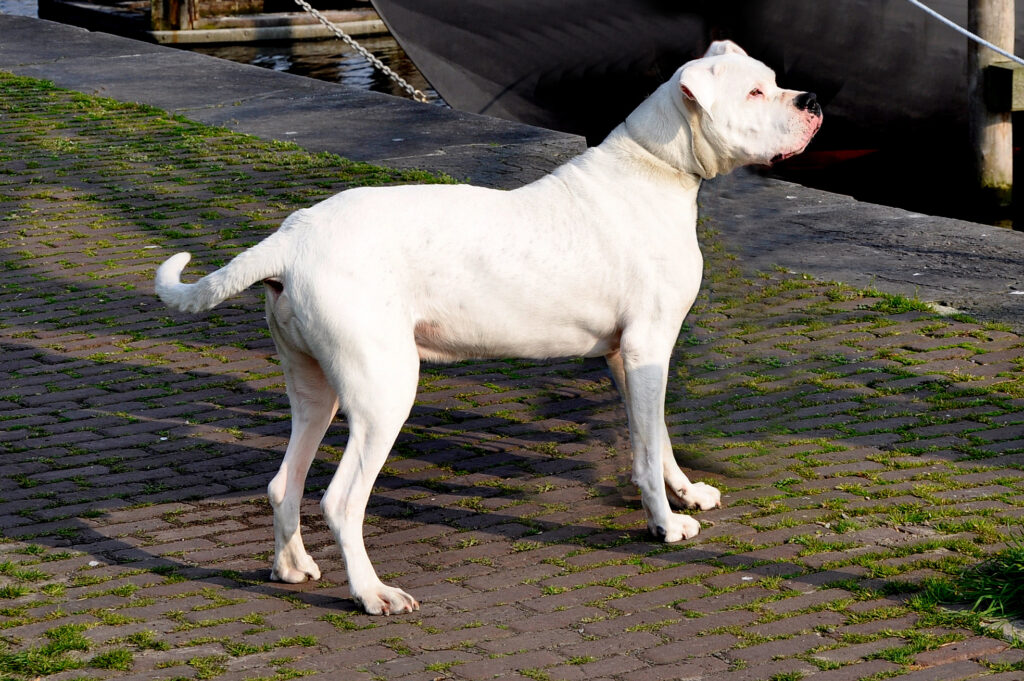
Dogo Argentinos are strong, confident guard dogs. While they can be affectionate with family, their protective instincts and sheer strength make them risky around unfamiliar children. They need experienced, dominant owners who can properly socialize and train them. Without that, their behavior can become problematic in a family setting.
Belgian Malinois
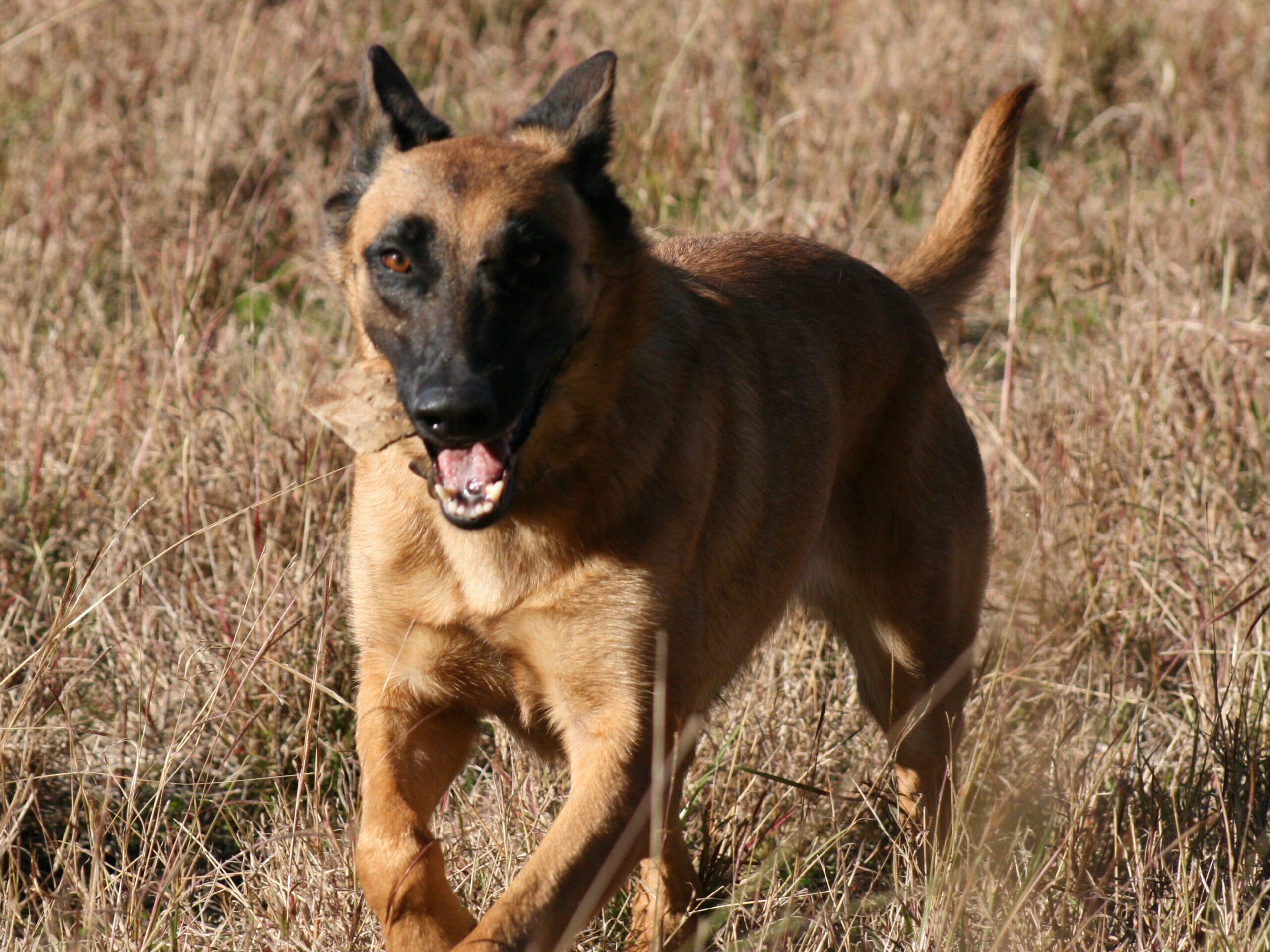
These dogs are incredible workers but are often misunderstood as pets. Malinois are intense, high-drive, and demand constant stimulation. Without a job to do, they can become destructive, aggressive, or anxious. Their intense prey drive, protectiveness, and physical strength make them a tough match for households with young children.


